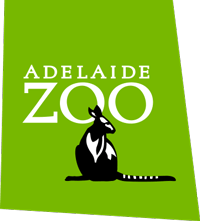Should visitors stop and listen clearly once they pass through the entry gates into Adelaide Zoo, it’s entirely possible the first noise they’ll hear will come from a habitat no more than 50 metres straight ahead.
Where for the past few weeks play and meals – a daily highlight for the Zoo’s six Asian Small-clawed Otters – have been served up with a difference.
Directly in front the habitat fence are two new wooden waterslides which are proving a huge hit with otter and public alike.
Measuring just over a metre long and – human Water World like – dipping into the pool for fun, the slides have not only increased the time the otters spend on peak public view but are proving highly stimulating, important for these intelligent animals says keeper Jade Koek.
Food flung onto the logs by the keepers (and otters dine very well indeed with whitebait, boiled eggs, whiting, salmon and yabbies on occasion all on the menu) is key to the enrichment philosophy which has been abetted enormously by the logs which have been carved and fashioned, painstakingly and brilliantly, courtesy of two volunteers from BEEZA (Behaviour and Environmental Enrichment of Zoo Animals) Glen and Barry. The otters owe them.
The, very happy, otter family is made up of mum and dad Kalaya and Bao and their perfectly symmetrical children, two boys and two girls.
“They’re nearly always together, about 95 per cent of the time,” says Jade who has looked after the family for the past four years.
They look, and are, cute indeed but it’s the constant activity that catches the eye. Otters, it seems don’t sit still. “A good chaos,” Jade calls it.
The noise, a shrill excitable shrieking, is contagious in a wholly upbeat way. Tune in and you can catch them from almost everywhere within the zoo.
“I hear them all the time,” says Jade. “I’m like the waitress who always hears the ding bell.”
The sounds tie in with the enriching philosophy behind looking after many of the zoo’s residents says Jade. Meal times provide a particular insight.
Five or six times every day a decent sized crowd will gather in front of the glass fronted otter habitat. Feeding time is a big deal.
“It’s enriching – if you feed them at the same time every day they come to expect it and rely on it. They have fast metabolisms and need to eat regularly,” says Jade.
There is an added physical benefit too – the otters continually rubbing themselves on the logs, to release the natural skin oils, “waterproofing themselves” says Jade. They make look wet but dry quickly she says.
Enrichment and food done Jade holds up both hands, open palms facing the otters.
“Done,” she says and the babble pipes down, a magician exercising her daily tricks.
Until the next meal.








